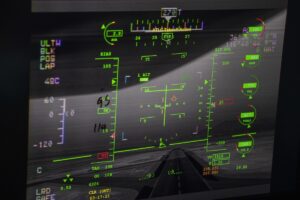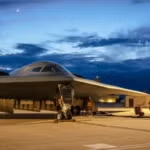
U.S. Army Lt. Gen. Michael Kurilla, the Biden administration's nominee to become the new head of U.S. Central Command (CENTCOM), said on Feb. 8 that the military will use fifth-generation fighters, such as the Lockheed Martin [LMT] F-35 and F-22, to strike ground targets in areas without a significant aerial threat, if those are the only platforms able to hit the target in a timely fashion. "I kind of get irritated when I see reports about F-22s, F-35s bombing insurgencies,"…














